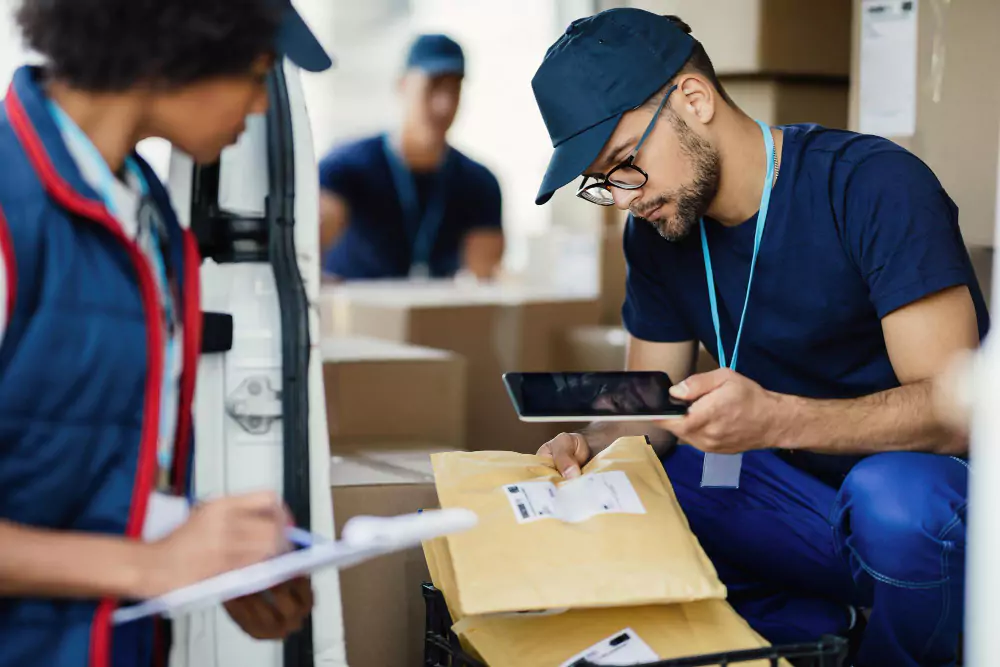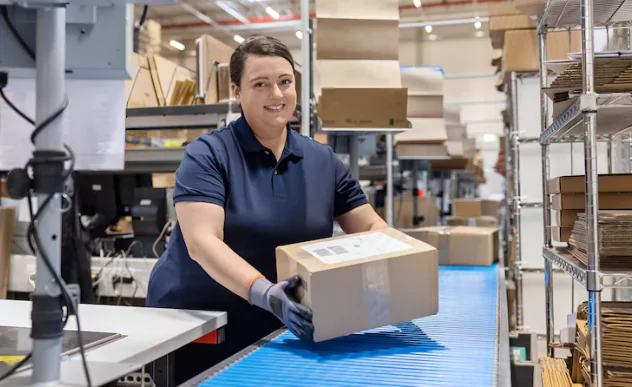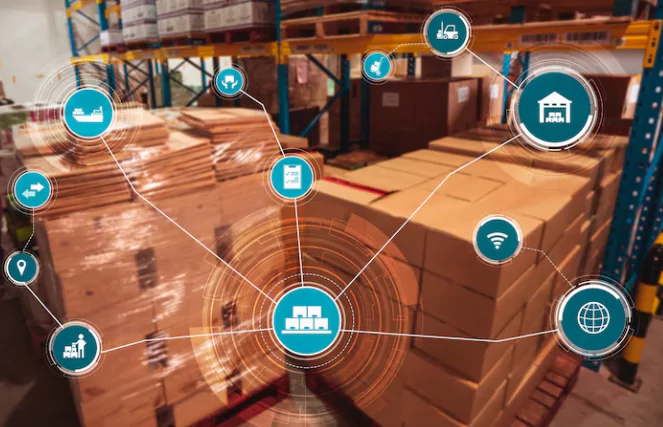Stacket 3PL Prep and Fulfillment Warehouses
02 Jun

What Makes Warehousing Evolve Toward the Future?
As industries shift toward digital transformation, the warehousing sector is undergoing a major evolution. Traditional storage models are being replaced by modern warehouses equipped with automation, real-time analytics, and advanced inventory tracking. But what’s truly powering this shift? It’s the combination of Smart Storage and 3PL Integration that redefines how goods are stored, picked, packed, and delivered. With e-commerce and on-demand expectations rising, businesses are under pressure to meet customer expectations quickly and efficiently. That’s where future-ready warehouses come into play—intelligent, scalable, and integrated with third-party logistics for end-to-end optimization.
- Why Are Smart Storage and 3PL Integration Game-Changing?
- How Do Warehouse Features Reflect Innovation?
- What Sets 3PL Warehousing Solutions Apart?
- In What Ways Do Smart Storage Solutions Increase Efficiency?
- Can Smart Storage and 3PL Integration Reduce Costs?
- How Do Warehouse Management Systems Support Integration?
- What Warehouse Features Will Define the Future?
- How Do Modern Warehouses Enable Business Growth?
- Why Should You Consider Smart Storage and 3PL Integration?
Why Are Smart Storage and 3PL Integration Game-Changing?
The concept of smart storage and 3PL integration goes beyond shelving and space management. Smart storage uses IoT-enabled systems to track inventory in real-time, detect slow-moving stock, and optimize space allocation. Meanwhile, 3PL providers bring in the infrastructure, expertise, and fulfillment networks that businesses might lack in-house. When these two components work together, they create a game-changing synergy that transforms static warehouses into dynamic hubs of efficiency. This integration ensures faster order turnaround, reduced error rates, and improved scalability—making it ideal for growing businesses managing fluctuating demand.
How Do Warehouse Features Reflect Innovation?
Today’s warehouse features are no longer limited to racks and forklifts. They include RFID systems, AI-powered inventory forecasting, automated guided vehicles (AGVs), and smart lighting for energy efficiency. The focus is not just on storage, but on intelligent processes that enhance overall productivity. These warehousing features allow operators to analyze data trends, prevent bottlenecks, and maintain accuracy throughout the supply chain. It’s these advanced features that set apart modern warehouses from outdated facilities—especially in a competitive, digitally connected market.

What Sets 3PL Warehousing Solutions Apart?
3PL warehousing solutions offer more than just space. They include services like inventory management, order fulfillment, returns processing, and real-time reporting. For businesses scaling up, partnering with a 3PL provider offers flexibility without massive capital investment. What’s more, these providers already have optimized processes in place, supported by warehouse management systems (WMS) that provide end-to-end visibility. As a result, businesses can focus on growth while logistics operations are handled with precision.
In What Ways Do Smart Storage Solutions Increase Efficiency?
One of the biggest advantages of smart storage solutions is efficiency. By using intelligent software, robotics, and connected devices, these systems automatically classify inventory, track movement, and suggest reorganization when necessary. This reduces manual labor, eliminates redundant handling, and minimizes errors. Unlike static storage models, smart systems adapt to seasonal trends and sales patterns. With 3PL services in the mix, the warehouse becomes an active player in the business cycle—not just a place to hold inventory.
Can Smart Storage and 3PL Integration Reduce Costs?
Absolutely. Integrating smart storage and 3PL services helps reduce operational costs in several ways. For one, smart technology reduces waste and improves picking accuracy, while 3PL providers help avoid large infrastructure investments. Additionally, better space utilization through intelligent design means fewer warehouse expansions. Together, this integration minimizes downtime, cuts transportation costs, and boosts profitability. That’s why many businesses are now investing in 3PL warehousing solutions with advanced storage capabilities.
How Do Warehouse Management Systems Support Integration?
At the heart of smart storage and 3PL integration lies the warehouse management system. These platforms coordinate everything—from receiving and storage to order processing and dispatch. A strong WMS connects smart devices, human labor, and third-party logistics into one seamless workflow. It also provides real-time updates and alerts, enabling managers to make quick decisions. The integration between WMS and 3PL software ensures data flows smoothly between stakeholders, reducing miscommunication and speeding up operations.
What Warehouse Features Will Define the Future?
The future of warehousing is heavily influenced by automation, data-driven decision-making, and flexible design. Warehouses will continue to evolve into multi-functional, tech-enabled ecosystems. Features like AI-driven demand forecasting, drone inventory audits, temperature-controlled zones, and robotic picking will become standard. Moreover, 3PL warehousing solutions will play a bigger role in enabling cross-border logistics and omni-channel fulfillment. This transformation is not just about tech—it’s about creating resilient, scalable, and sustainable logistics models.
How Do Modern Warehouses Enable Business Growth?
Modern warehouses act as growth engines for businesses. With smart storage solutions and 3PL services, companies can meet demand spikes without missing a beat. These advanced systems ensure quicker product delivery, higher order accuracy, and better inventory turnover. Furthermore, the strategic location of 3PL warehouses shortens delivery times and expands market reach. Whether a business is scaling locally or globally, future-ready warehouses offer the agility and support to keep up with dynamic markets.

Why Should You Consider Smart Storage and 3PL Integration?
The integration of smart storage and 3PL warehousing solutions is no longer a luxury—it’s a necessity for businesses looking to remain competitive. From reducing manual errors to enabling real-time inventory visibility, the benefits are clear. It’s not just about storing goods but optimizing every square foot of space and every second of labor. As supply chains become more complex, this integration ensures your warehouse can adapt and perform. In a world where customer expectations are higher than ever, a future-ready warehouse is a key business advantage.
At stacketwarehousing, we understand that the warehouse of tomorrow must be built today. By embracing smart storage and 3PL integration, we help our partners streamline operations, improve accuracy, and drive profitability. Ready to future-proof your logistics? Explore how our advanced 3PL services and smart storage solutions can transform your supply chain.
